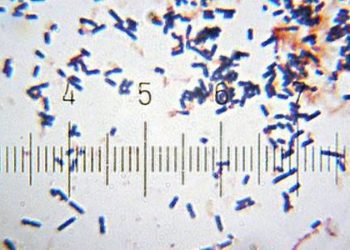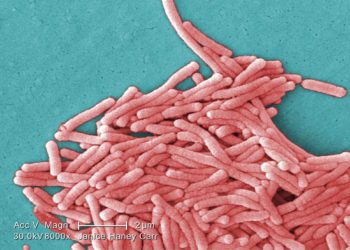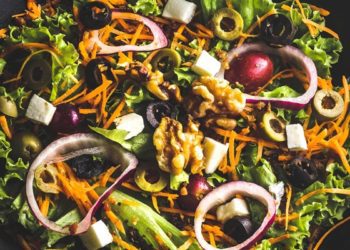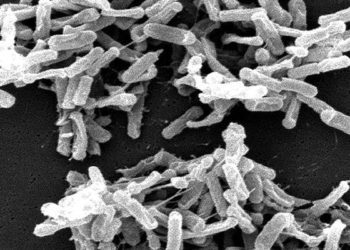Small molecule drug targets Clostridium difficile toxins [PreClinical]
1. Chemical screening showed that ebselem, a small molecule currently in clinical trials for unrelated usclostres, inhibited the cysteine protease domain (CPD) of toxins A (TcdA) and B (TcdB) produced by Clostridium difficile (C. diff).
2. In two murine models of C. diff infection, treatment with ebselem led to increased survival and decreased signs of infection.
Evidence Rating Level: 2 (Good)
Study Rundown: C. diff infection, which causes diarrhea and colitis, is often acquired in hospitals. It leads to hundreds of thousands of yearly hospitalizations in the United States alone and has a mortality rate of 16.7% within a year of diagnosis. Antibiotics selectively enable the growth of antibiotic-resistant bacterial populations and are thus increasingly ineffective treatments. Fecal transplantation is an alternative, highly effective therapy, but its long-term health effects remain unknown. In this work, the authors instead focused on treating C. diff by chemically inhibiting the CPD of TcdA and TcdB.
High-throughput screening identified numerous compounds that inhibited CPD activity, including ebselem. Further dose response studies showed that ebselem inhibited TcdB at a low concentration. In an initial murine model, mice were given a lethal dose of TcdB. When the TcdB was pretreated with ebselem, all animals survived over 3 days and exhibited fewer signs of toxicity than control mice, which all died. A more clinically relevant mouse model involved administering an antibiotic cocktail for several days followed by C. diff challenge. Mice treated daily with ebselem produced feces which were less cytotoxic than those from control mice, and had fewer signs of infection in their colon tissue.
This study is notable for its novel biochemical approach to inhibiting C. diff toxins. Ebselem in particular presents fewer barriers to clinical translation than other compounds, since it is already being studied for other clinical applications. Dose optimization and corresponding safety studies will be necessary before ebselem can be used to treat or prevent C. diff infection.
Click to read the study in Science Translational Medicine
Relevant Reading: The role of toxin A and toxin B in the virulence of Clostridium difficile
In-Depth [animal study]: Initial screening used the molecular probe TAMRA-AWP-19, which increases in fluorescence when bound to activated CPD. Incubating CPD with ebselem reduced probe fluorescence and indicated an inhibitory effect. The half maximal inhibitory concentration (IC50) for ebselem-mediated CPD inhibition was 6.9 nM. Similar experiments using full-length TcdB gave an IC50 of 17.2 nM, and ebselem prevented TcdB-induced cell rounding with an IC50 of 20.5 nM.
In an initial animal study, mice were intraperitoneally injected with 1 µg/kg TcdB which was pretreated with 100 nM ebselem or with DMSO (control) for one hour. Mice in the ebselem-treated group showed fewer signs of toxicity, such as ruffled fur and inactivity, over 72 hours. Additionally, all control mice died by 48 hours following injection, while ebselem-treated mice all survived until the 72-hour endpoint (p<0.001, n=5 per group).
A separate model involved administering mice with an antibiotic cocktail for 3 days, administering clindamycin 2 days later, and challenging with C. diff 1 day later via oral gavage. The mice developed diarrhea and colitis, symptoms similar to human C. diff infection. Mice were treated with 100 mg/kg ebselem 2 hours before C. diff exposure and daily thereafter. At 5 days post-infection, ebselem-treated mice produced feces with lower TcdB toxicity levels than those from control mice, as measured by cell rounding (p<0.01, n=7-8 per group). Colon tissue from treated mice also showed fewer signs of infection, including reduced histopathological scores for inflammatory cell infiltration, mucosal hypertrophy, and submucosal edema (p<0.05 for each).
Image: PD
©2015 2 Minute Medicine, Inc. All rights reserved. No works may be reproduced without expressed written consent from 2 Minute Medicine, Inc. Inquire about licensing here. No article should be construed as medical advice and is not intended as such by the authors or by 2 Minute Medicine, Inc.







